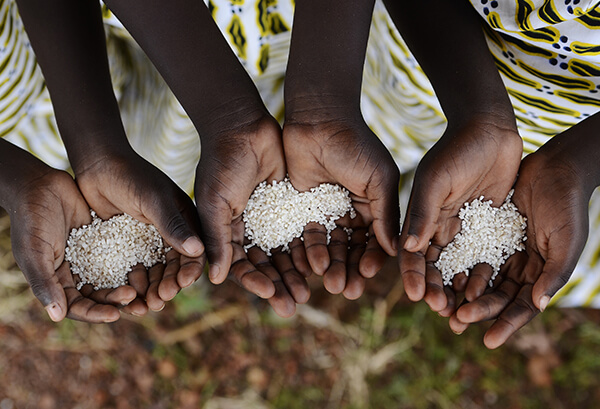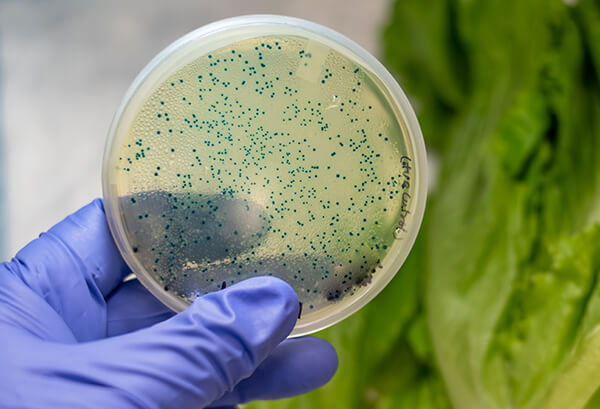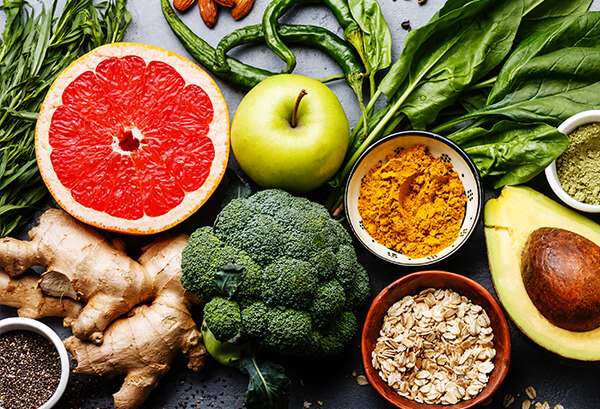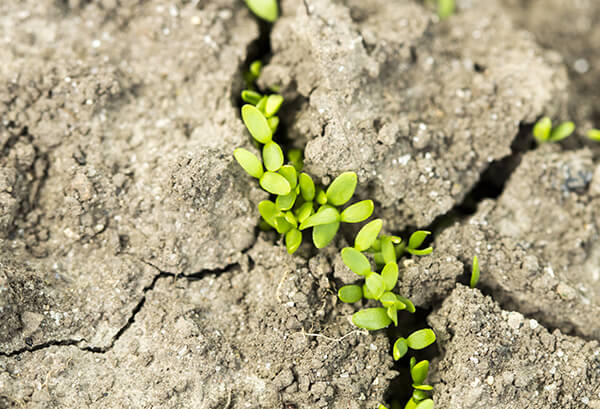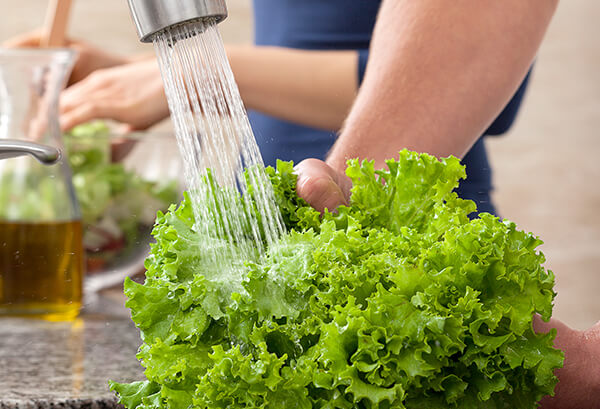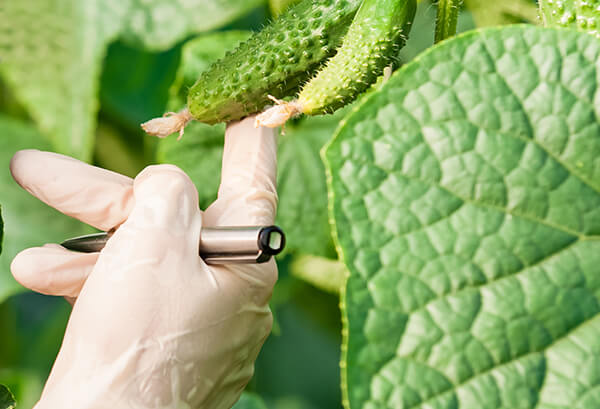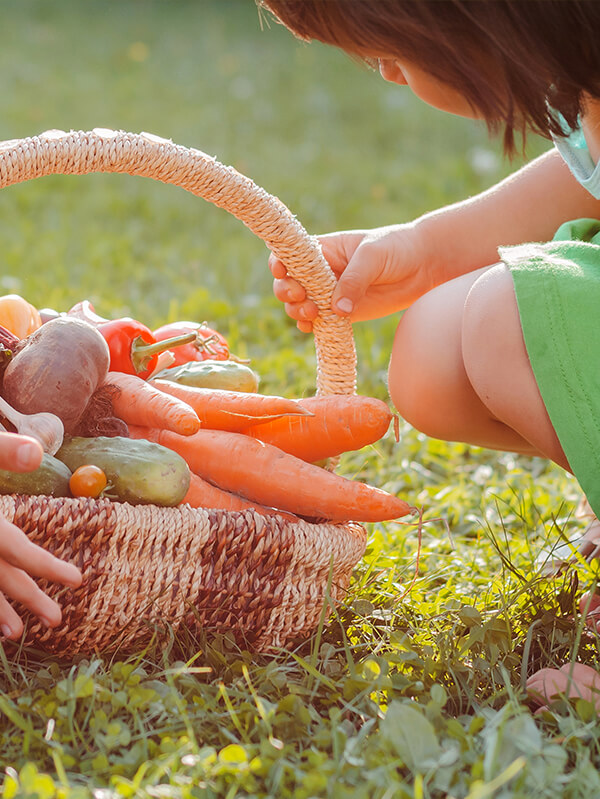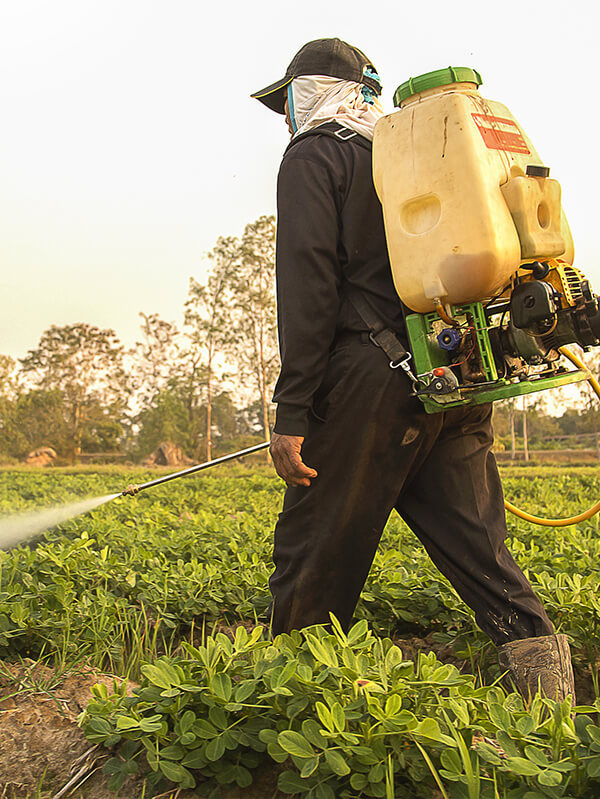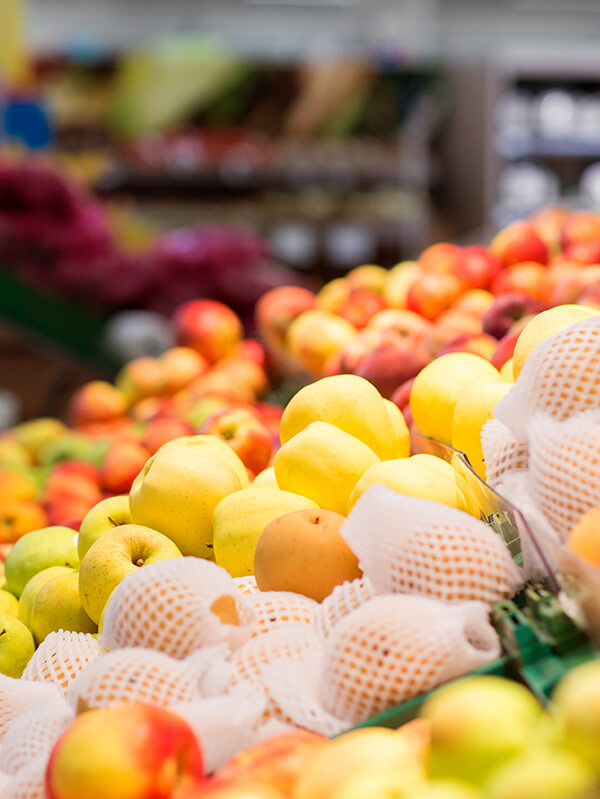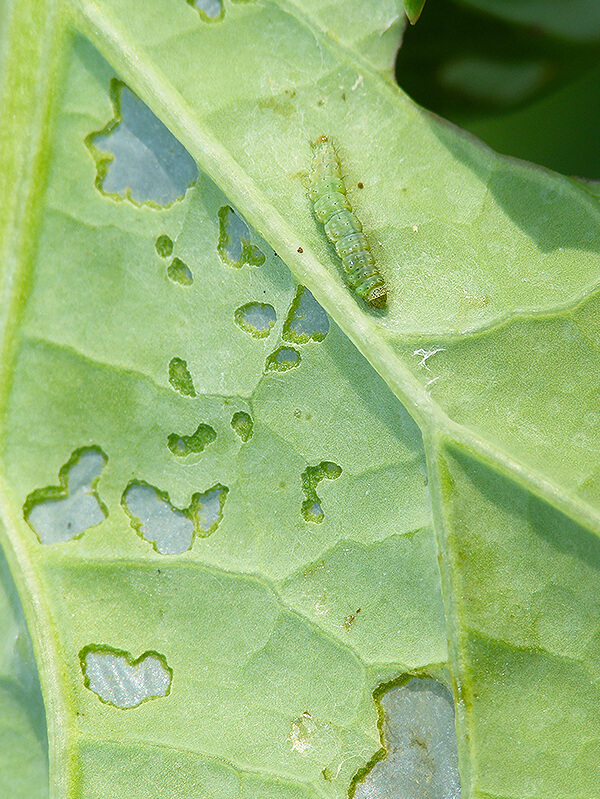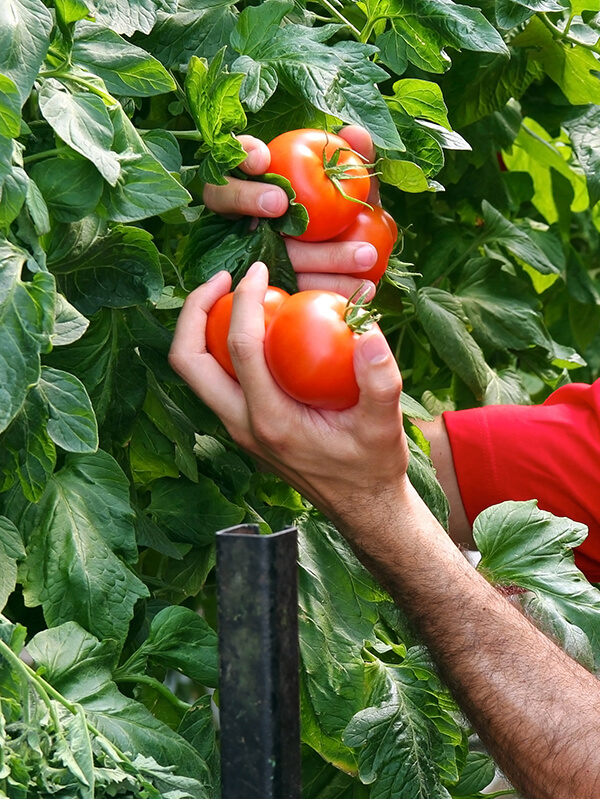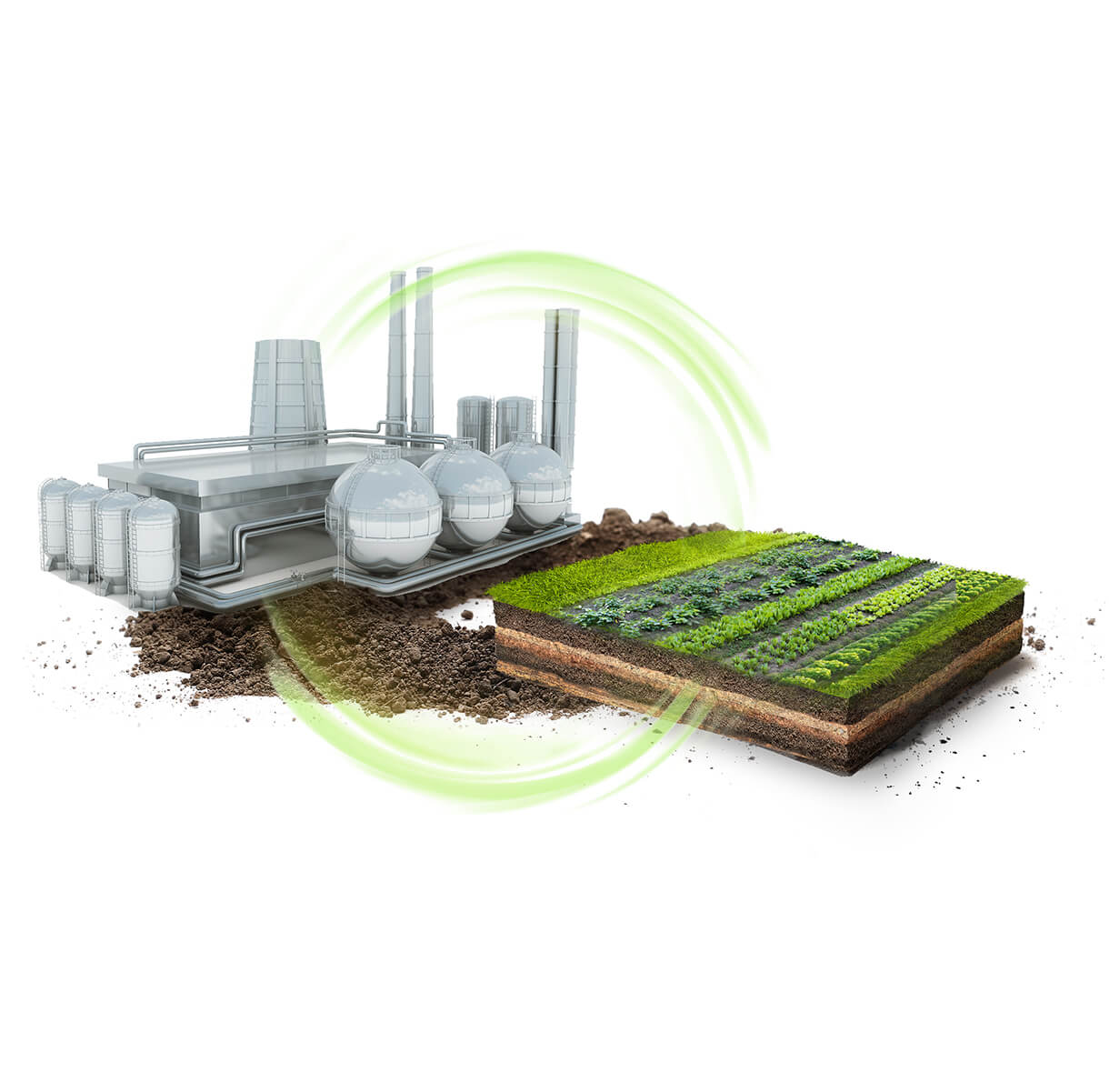Complete your profile and access all the benefits
Update your profile
Agrocode
We believe in a different way of producing foods
-
The Facts
An estimated 600 million (approximately one in 10 people in the world) get sick after eating contaminated food and about 420,000 people die each year.
40% of foodborne illnesses affect children under 5 years of age, with 125,000 deaths annually.
Source: FAO and WHO 2019.
-
The Facts
Foodborne illnesses are generally infectious or toxic in nature and are caused by bacteria, viruses, parasites or synthetic chemicals that enter the body through contaminated food or water.
Source: FAO and WHO 2019.
-
The Facts
The value of the food trade is USD 1.6 trillion, which represents approximately 10% of the total annual trade worldwide.
Recent estimates indicate that the effect of harmful food costs low- and middle-income economies about 95,000 million in productivity losses per year.
Source: FAO and WHO 2019.
-
The Facts
Safe food is essential, not only to improve health and food safety, but also for livelihoods, economic development, trade and the international reputation of each country.
Climate change is associated with the altered geographical incidence and the prevalence of food safety hazards.
Source: FAO and WHO 2019.
-
The Facts
Around 700,000 people die each year worldwide due to antimicrobial resistant infections.
Improving hygiene practices in the food and agricultural sectors helps reduce the occurrence and spread of antimicrobial resistance throughout the food chain and in the environment.
Source: FAO and WHO 2019.
-
The Facts
Better data is needed to understand the long-term repercussions of harmful foods.
Investing in food safety education for consumers has the potential to reduce foodborne illness and a savings yield of up to 10 times for every dollar invested.
Source: FAO and WHO 2019.
Not everything goes
We support the idea of producing more, but we also support the idea of having high quality and responsible production. We came forth with the disruptive model of creating natural alternatives for agriculture, without the negative consequences, as in traditional agriculture. However, since we understand that crops have to remain productive and profitable because the world population requires it, these alternatives must be effective and in line with modern demand.
The complexity of our model (which is also unique), lies in the self-imposed conditions to seek efficacy while working with natural sources.

What can be done?
Use pesticides and save the crop and risk losing sales? But, not using the pesticides will affect the yield, leaving the farmer without many choices. This is when our natural and effective solutions come into play.
Thanks to our solutions’ efficacy, even though we are natural, we have become the perfect tool for conventional agriculture.
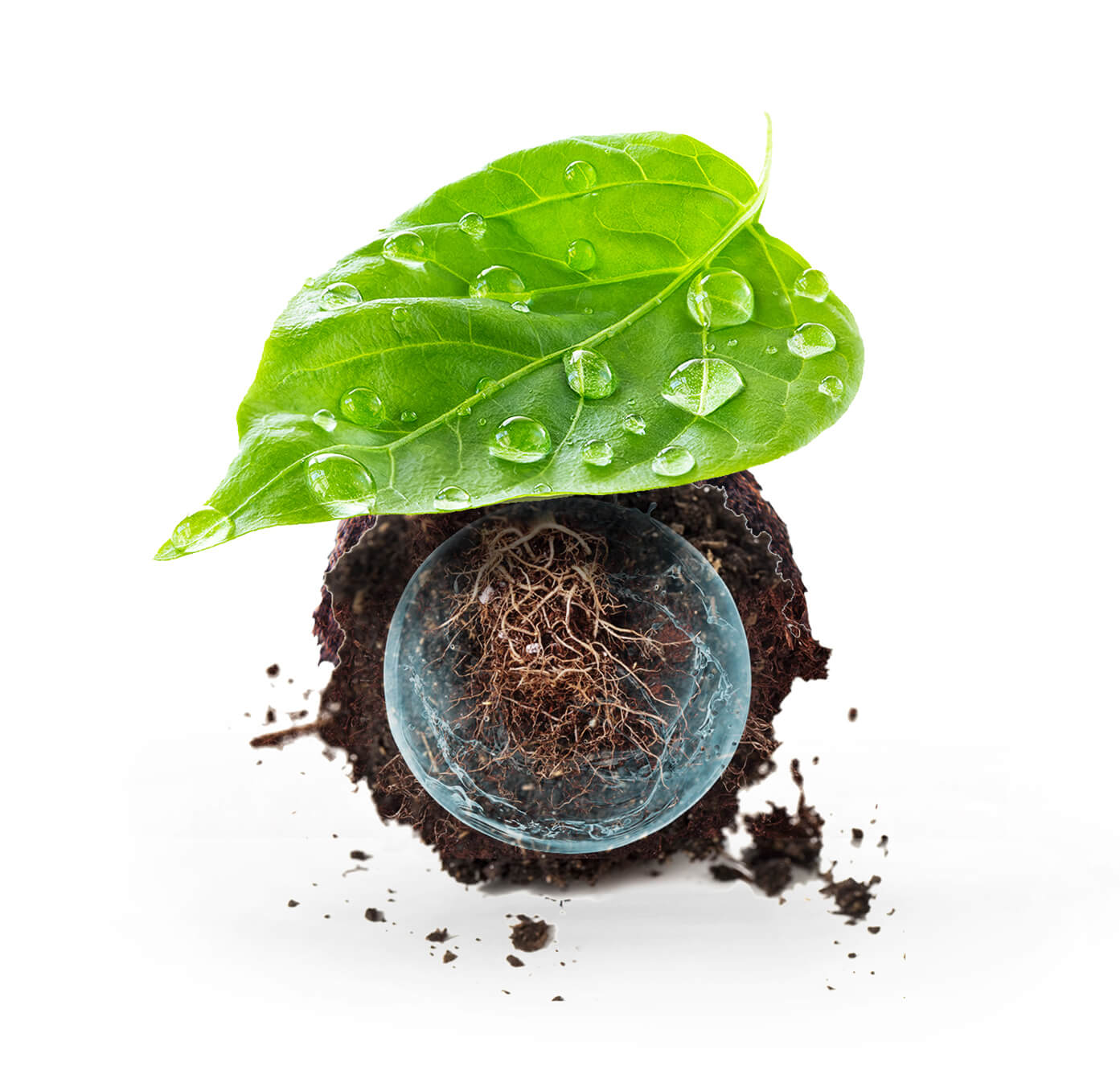
Recovering the life in the soil
Out of all the microorganisms that we destroy with chemical disinfection, on average only 5% are pathogens and the remaining 95% are beneficial microorganisms. Beneficial microorganisms that have been part of the system, and that have interacted with plants since the beginning of time yet, we have abruptly removed them from the system, taking the soil out of the game, a living and interactive substrate.
We do not oppose disinfections, we understand that today they are necessary to maintain productivity, but we propose a subsequent microbiological repopulation of the soil, so that the soil may reenter the game and become more than just inert support for the plants.
We are part of Kimitec Group
Our group of companies works to offer natural and innovative solutions in agriculture, livestock and human consumption, reformulating the present and establishing for the future a healthier and better food.
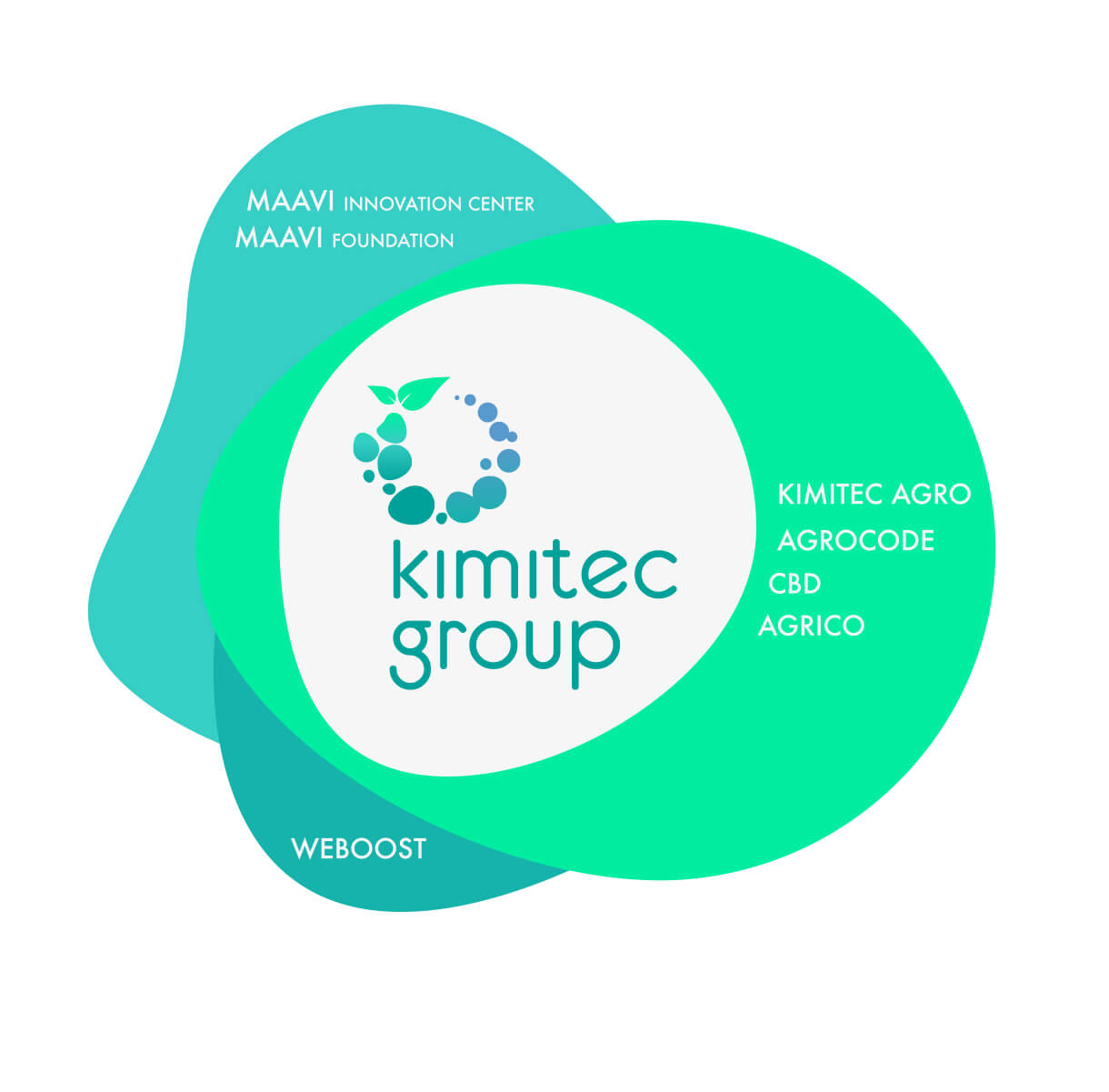
We do productive biotechnology
Our innovation is linked to the productivity that our products bring to farmers, but it is also linked to our own productivity.
One of the reasons for being so competitive is that many of our raw materials come from one of our research areas, the revaluation of co-products; With this strategy we achieve, after a research project, to incorporate agro-industry co-products in our production process, achieving a real and technological circular economy.
.png)
.png)



